Its experiments with the craft make audiences question not only theatre’s didactic role but also what can be considered acceptable to present onstage. Fix&Foxy’s South African troupe relay the story of America’s settlers of the old Wild West, a historic narrative told through a series of montages, monologues, short stories, and movement sequences. An old west town is constructed before the audience’s very eyes. A story full of trauma, racism, assault, and abuse, the troupe play with the horrors of American history. This is a tale only a predominantly black cast can tell, so uncomfortable is its content that it needs, as their promotion asserts, the story to be “told by the vanquished”. Yet the intensity and severity of the story does not detract from its watchability - it has brilliantly witty moments of comic relief and audience interaction sections that make the show as entertaining as it is thought-provoking.
The methods of storytelling are jarring to our sense of convention, underscoring the discomfort at seeing American history presented in this shocking way. The seven member cast has only one woman and one white member, throwing gender and race out the window when it comes to recreating the story. No figure is off limits, they jab at politically correct culture and play characters of all races and genders. Within the first opening moments of the play, the black cast members are rubbing white powder on their face and donning blonde wigs to symbolise American whiteness, undercutting and inverting black minstrel traditions of the period. Close cameras are used throughout, creating a multi-media experience which tears the audience between watching the actors onstage for their physicality, and watching them onscreen for their brutal facial expressions. Never have actors adjusted to both the depth of a gaping theatre and the intensity of an up close camera so effectively before, the story engulfs the auditorium and enrapts the audience in their story.
Yet the audience are also involved more directly, being pulled up to line dance, to join a church congregation, and - most uncomfortably - to be sold as slaves. The least-white audience member is sold for the highest price. This means that while the cast engage the audience in the story, there are also moments of distancing and discomfort that make audiences long for a lack of responsibility for the crimes of the white settlers. In a similar vein, several lines are spoken in a language other than English, as if to make the muddied intentions of the character even more unfathomable.
In contrast, the music of the play is often all too recognisable, from ‘Fever’ by Peggy Lee, to ‘YMCA’, and even an interlude from Disney’s ‘Pocahontas’. Similarly, modern cultural symbols are interspersed amongst the historical settings - a can of Coca Cola, a Chinese takeaway, a 7/11. Despite the story being told from outsiders, the atmosphere is distinctly American through and through. That said, it is unlikely the Americans would take too favourably to this production's perspective of their once-mythologised history.
When the Edinburgh Fringe was created in 1947, it aimed to heal rifts and tension between competing countries after World War Two. ‘Dark Noon’ tears open those rifts to expose the savagery of the past. It does not cover up, it does not shy away. And thus it is almost ironic, yet undeniably true, to assert that ‘Dark Noon’ embodies what fringe is all about. It is questioning, it is accusatory, it is innately theatrical and infinitely relevant. It is the defining experience of the 2023 fringe.

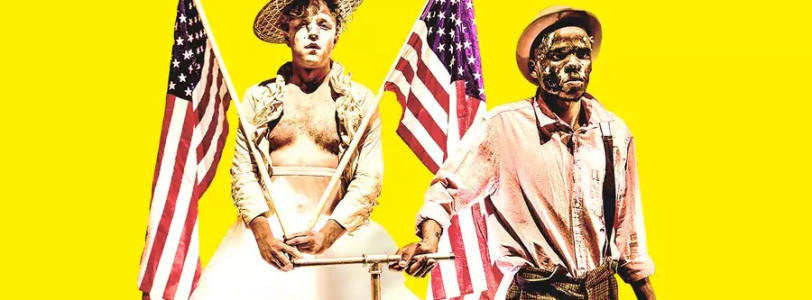
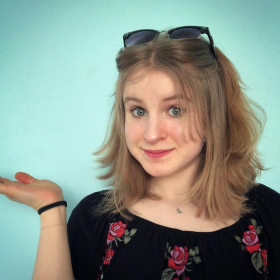
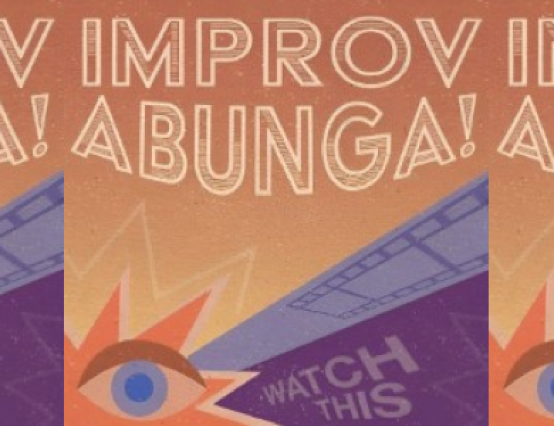
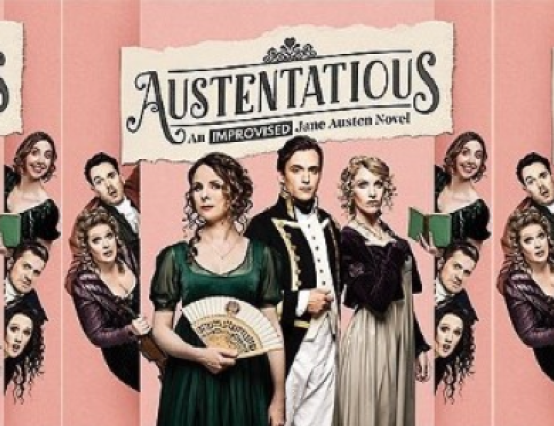
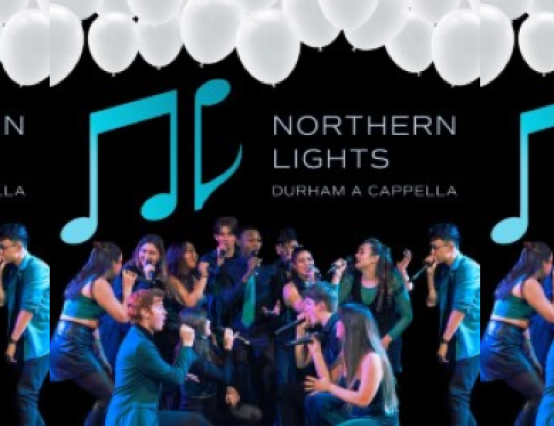



0 Comments